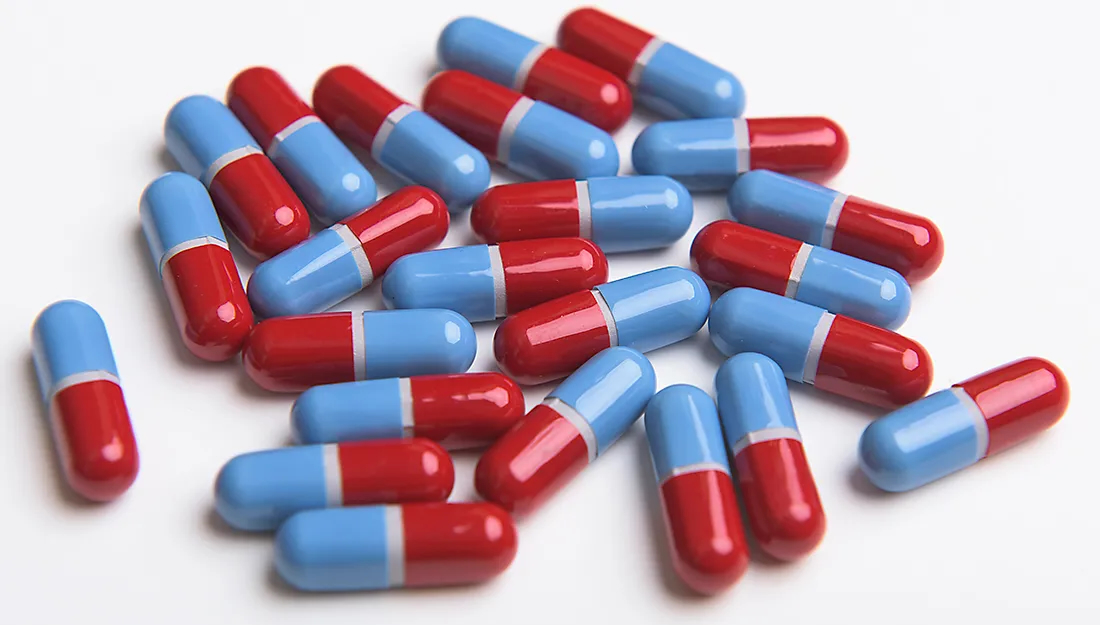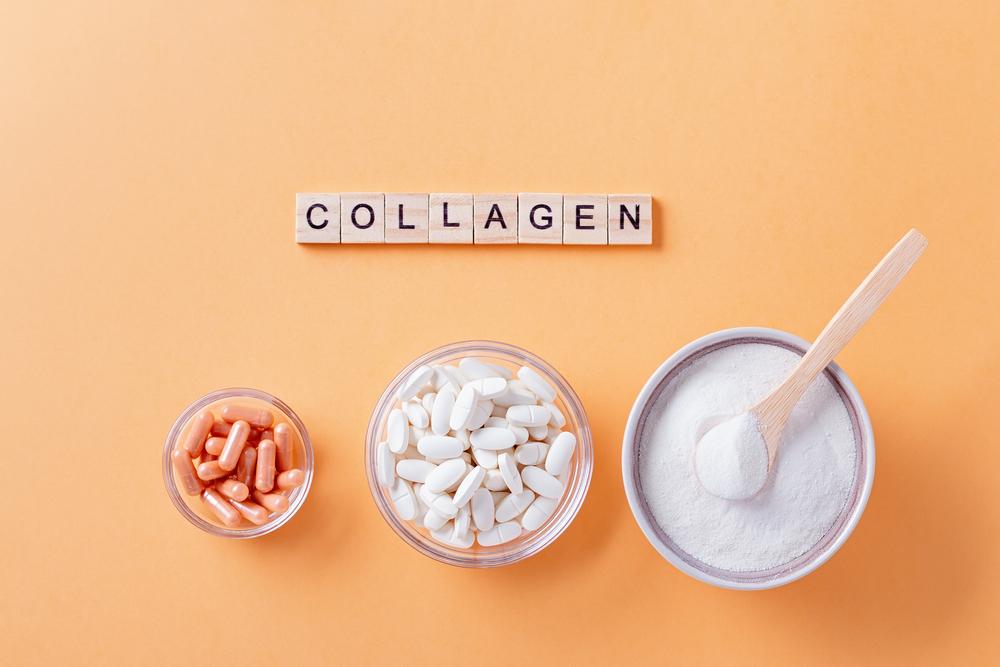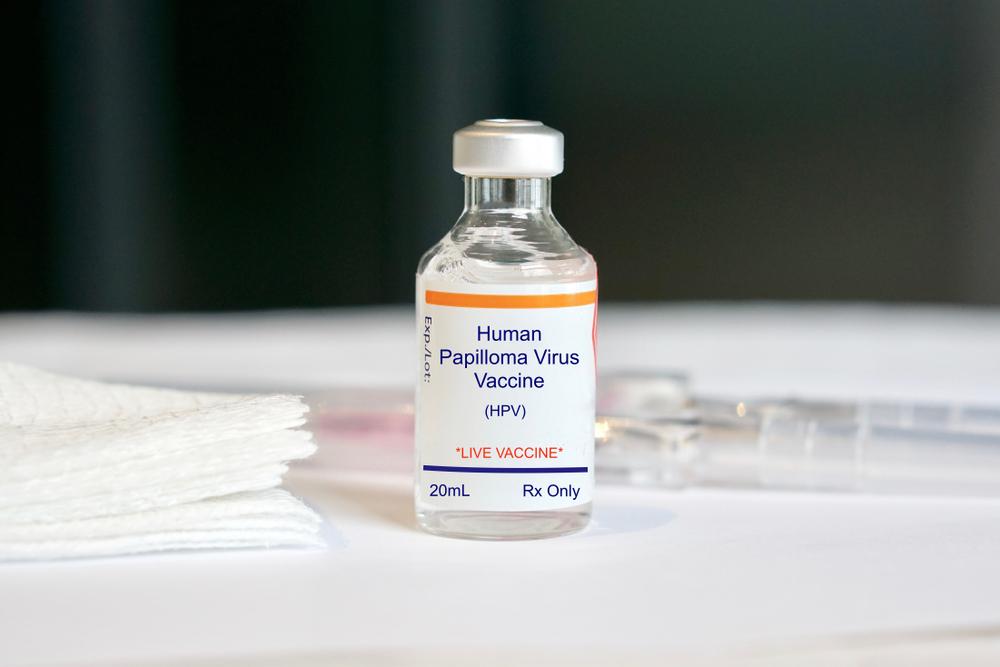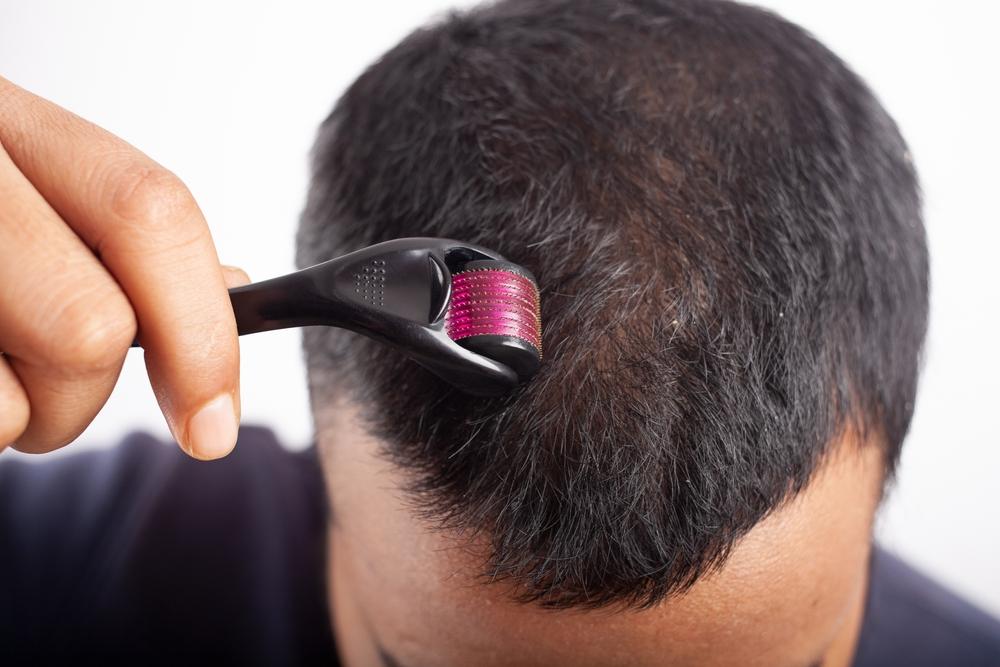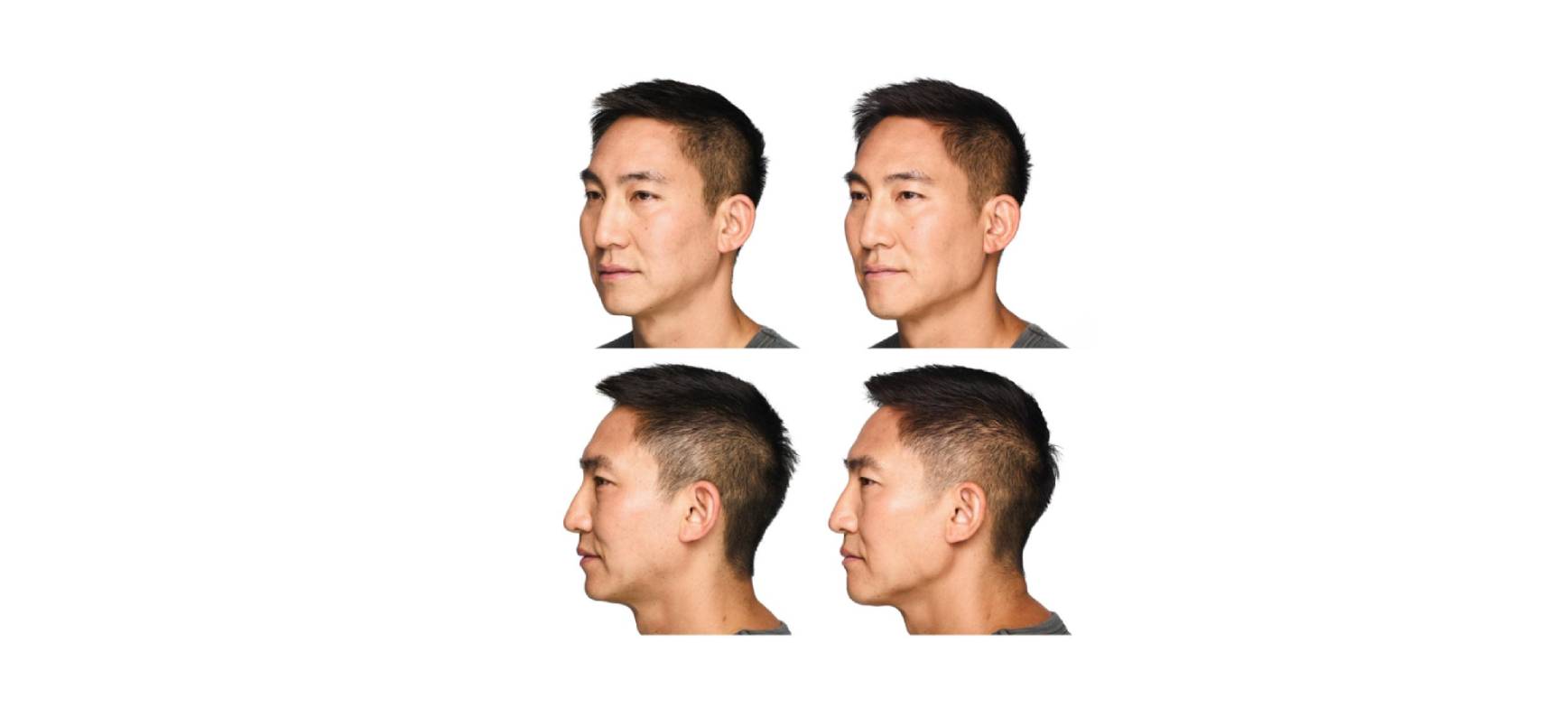In the world of beauty, skincare, and aesthetics, there’s a landmark that has significantly shaped our perception of aging. Which is known by the name “Botox”. It has almost become synonymous with youth, wrinkle-free skin, and age reversal.
Ever wondered how Botox became the behemoth it is today in the beauty industry? It’s a fascinating journey that has unfolded over the last three decades, reshaping societal attitudes towards aging and redefining what it means to embrace one’s age.
A Groundbreaking Beginning
Before the FDA approved it for cosmetic usage in 2002, botulinum toxin type A had a clandestine existence. It was mainly used for treating eye muscle disorders. However, beauty-conscious individuals had already started experimenting with it for cosmetic purposes. The demand for Botox was quickly outpacing supply, with patients begging for injections in their crow’s-feet, necks, and foreheads.
Early Days: Of Apprehensions and Assurances
When the FDA officially approved Botox for cosmetic use in 2002, it sparked mixed emotions. There were fears about its potential adverse effects, given that it involved injecting a neurotoxin into the body. People worried about a future where natural facial expressions would be replaced with an eerily frozen mask. Despite these concerns, many acknowledged the product’s potential to transform the face of beauty. Equating it to makeup, with its potential for misuse or artistic application.
Growing Popularity and Unsettled Debates
In the first year following FDA approval, Botox saw more than 2.8 million procedures conducted, signifying a promising start. However, the idea of injecting a deadly toxin into one’s body took some time to become widely accepted. Dermatologists reassured the public about the safety of the process, emphasizing that the Botox used for cosmetic treatments is highly processed and purified.
The Art and Science of Botox
As Botox matured in the market, dermatologists and other medical professionals mastered the techniques of administering it, ensuring it no longer led to unnatural-looking results. Doctors began to appreciate the subtler aspects of the procedure, opting for a softer approach and aiming for more natural outcomes.
The Botox Gender Gap
An interesting aspect that came to light was the “pink rebate”. Men were found to pay nearly double for Botox treatments compared to women due to their stronger facial muscles, which required double the number of units for the same effects.
Botox and Mental Health
Research has indicated that Botox could potentially be used as a treatment for depression. While clinical trials are ongoing, preliminary findings suggested that patients who used Botox reported depression significantly less often than those undergoing other treatments.
Navigating the Botox Landscape
The growing popularity of Botox has given rise to a vast, unregulated gray area. Regulatory authorities have struggled to keep up with the proliferation of injectables, leading to a situation where the medical procedure is sometimes treated casually.
A Trip to Botox’s Birthplace
Traveling back to Botox’s origins, it is fascinating to know that all Botox supply since 1994 has been produced in Westport, a small village in Ireland. It has given it a unique identity, with Westport’s residents proud of their contribution to the global beauty industry.
Over the past three decades, Botox has evolved from being a revolutionary idea to a staple in the beauty industry. Despite the debates, apprehensions, and criticism, it continues to shape our notions of beauty and aging. As we look to the future, one thing remains certain: Botox will continue to be a significant player in the world of beauty and aesthetics.
The journey to a more confident you starts with one decision. That is the decision to get treated, why wait? If you’re on the fence or have questions brewing, remember: We at Sullivan Dermatology are always here to help.
If you have any concerns, don’t hesitate to reach out to us at Sullivan Dermatology – we’re here to make you your best!


